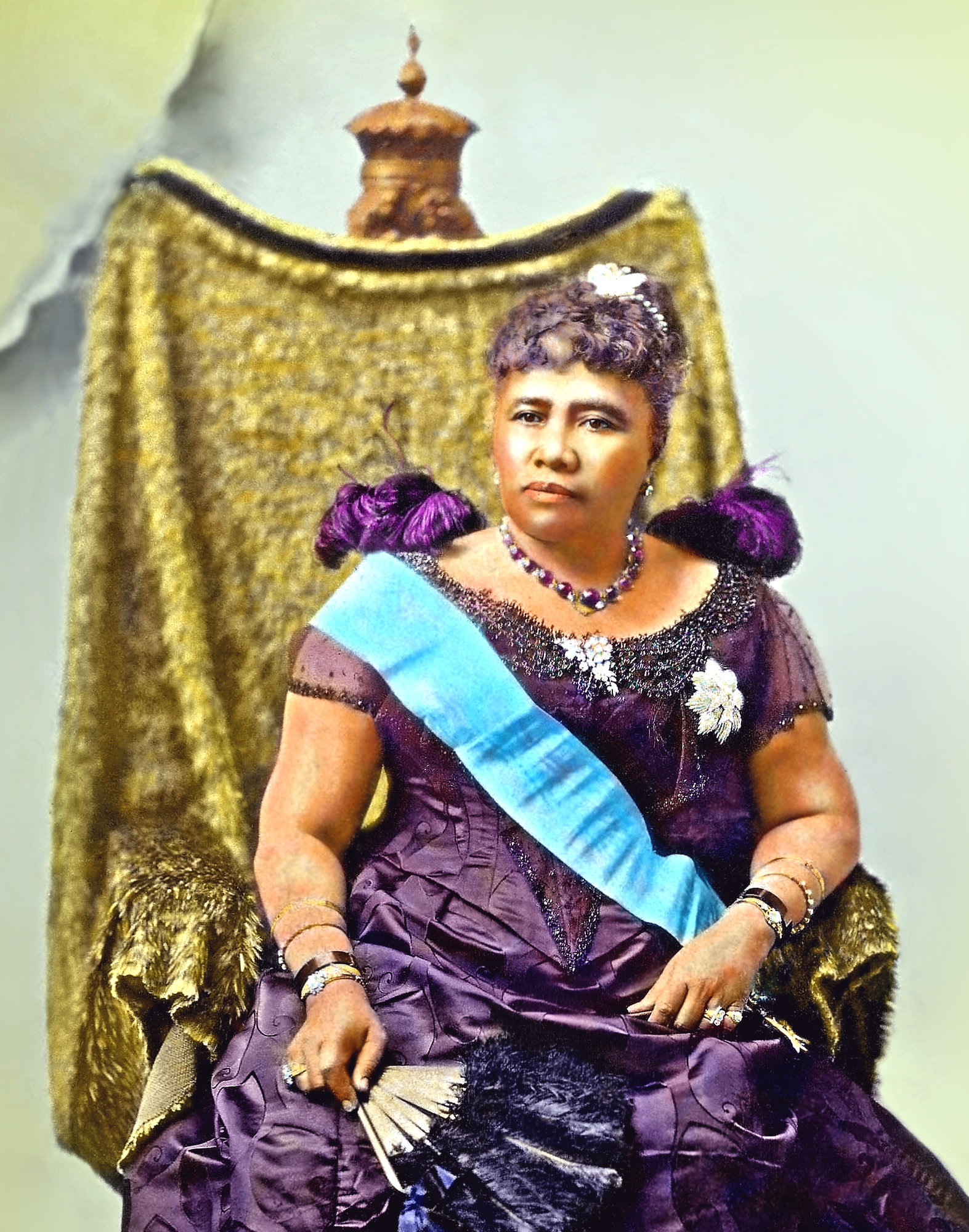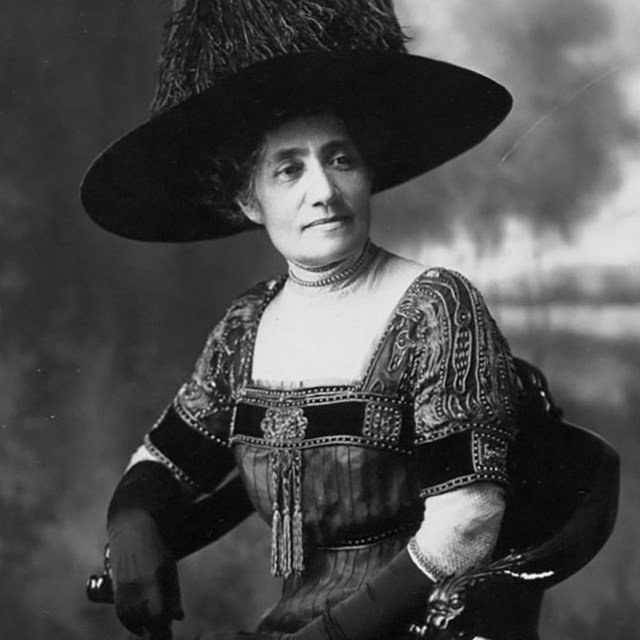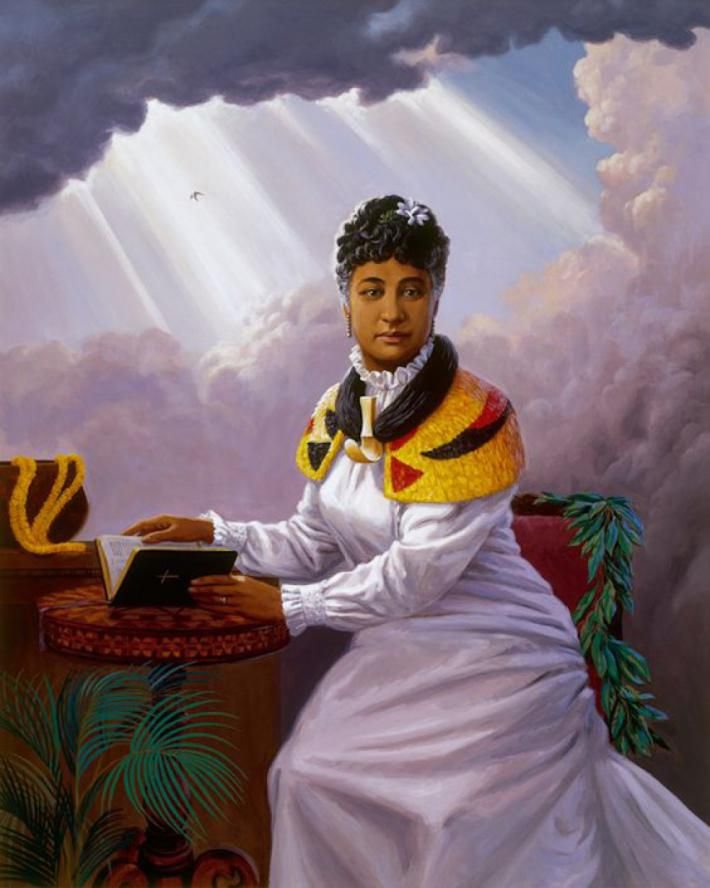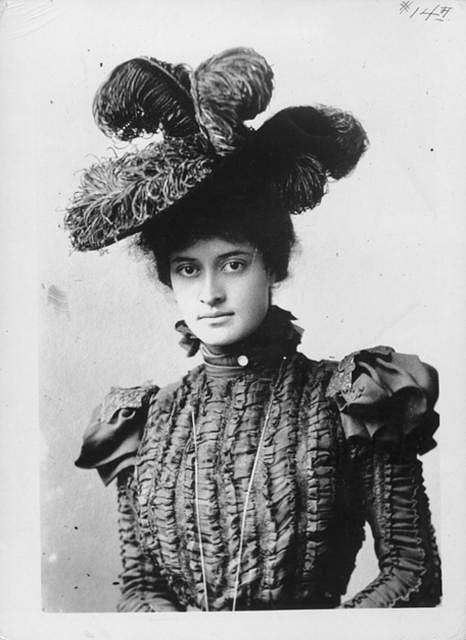4 Extraordinary Women in Hawaiian History
Posted by Mapuana Andrade on Thursday, March 24th, 2022 at 6:31am
In honor of National Women’s History Month, here are 4 inspirational mana wāhine (strong women) who have helped to shape Hawaii and continuously lead the way in women and native Hawaiian rights throughout their time.

Lydia Lili‘u Loloku Walania Wewehi Kamaka‘eha
Lydia Lili‘u Loloku Walania Wewehi Kamaka‘eha was born on September 2, 1838, and went on to become the queen of the Kingdom of Hawaii, as well as a scholar, philanthropist, prolific and brilliant composer.
Lili'u was named successor to the throne on April 11, 1877, and was sworn in on January 29, 1891, following the death of her brother, King Kalākaua.
She is revered and remembered across the Hawaiian Islands for her knowledge, grace, and devotion towards Hawaii's people. “E ʻonipaʻa i ka ʻimi naʻauao," was Liliuokalani's credo (Be steadfast in the seeking of knowledge). It is commonly abbreviated to “Onipaʻa,” which means "to stand firm”.
At the age of 40, she wrote and recorded what would come to be arguably her most famous song, ‘Aloha Oe,’ (Farewell To Thee)," while riding her horse through the Koolau Mountains at Maunawili Ranch on her way back to her house in Honolulu.
Her remarkable songwriting and mele (songs) that she created throughout her life continue to carry on her legacy.
Wilhelmina Kekelaokalaninui Widemann Dowsett
Wilhelmina Kekelaokalaninui Widemann Dowsett was born in Līhuʻe, Kauai, on March 28, 1861. Through her parents and her mother's royal blood, she was raised close to King Kalākaua and Queen Kapiʻolani.
When she grew up, and during the territory years, she became an advocate for women's rights. In 1912, she created the National Women's Equal Suffrage Association of Hawaii (WESAH), the state's first suffrage group. With Wilhelmina leading the charge, the people of Hawaii knew women would be allowed to vote would get the change they needed.
"I can speak for my Hawaiian sisters, and I can say that in every way, the woman is man's superior. She will not only cast her vote fully as intelligently- she will vote honestly," said Wilhelmina in response to being questions on whether women were ready for the right to vote.
Wilhelmina worked diligently to involve all women in her campaign in Hawaii, an effort that took decades. Whereas women's movements in the United States frequently omitted minority women, Wilhelmina made a conscious effort to involve all women, especially Asian women, in Hawaii's voting rights campaigns.
In 1920, tired of the lack of change, she organized a rally that drew hundreds of people. They protested on the House floor to persuade government officials to allow women to vote. She led grassroots activism throughout the islands to empower women when efforts were stalled. Wilhelmina ensured women in Hawaii were ready when the US enacted the 19th amendment in 1920, allowing them to vote for the first time, thanks to the efforts of women like Wilhelmina.
Princess Bernice Pauahi Pākī
On December 19, 1831, Princess Bernice Pauahi Pākī was born. She grew up alongside Princess Keeliklani and Princess Liliu Kamakaeha as childhood friends.
She attended the Chief's Children's School (Royal School) and fell in love with Charles Reed Bishop, an American. Pauahi was raised and educated to care for her people and Hawaii's lands and resources. It was fitting, considering her estate grew to be one of the largest in Hawaii due to her family inheritance. With this influx of land, she and her husband began to plan a legacy that would continue for generations to come.
Pauahi declared in her will the founding of two schools, one for boys and one for girls. Just like that, Kamehameha Schools was born. Like the rest of her ohana, Pauahi left an aloha heritage that lives on throughout the entirety of Hawaii. The people and children of Hawaii and Kamehameha Schools, for whom she cared so deeply, are eternally grateful to her.
Victoria Kaʻiulani Kawēkiu i Lunalilo Kalaninuiahilapalapa Cleghorn
Victoria Kaʻiulani Kawēkiu I Lunalilo Kalaninuiahilapalapa Cleghorn was born on October 16, 1875 — the only child of Princess Miriam Likelike and niece to King Kalākaua and Queen Liliʻuokalani
Kaʻiulani's family adored her right away. Just for being who she was, she was gifted an estate in Waikīkī by Princess Keʻelikōlani, which her uncle, King Kalākaua, called ʻĀinahau. She was brought up to be a leader for her people, hoping that she might rule one day.
Kaʻiulani began attending school in England at the age of 13, upon her mother's death. It was Kaʻiulani's mother who sent the princess to England in hopes of laying down the groundwork for the future monarch. Kaʻiulani spoke Hawaiian, English, French, and German fluently. An icon of grace and excellence, she was dubbed the Crown Princess of Hawaii when she was just 15 years old.
The Hawaiian monarchy was overthrown on January 17, 1893, and Queen Liliuokalani was ousted. Heartbroken, Kaiulani sent a statement to the media in England, reproduced in Honolulu's "The Daily Bulletin" on March 2, 1893. Even from across the ocean, she put her people first.
She passed away at the age of 23 on March 6, 1899, when she got trapped in a storm while riding her horse and acquired a fever. The people of Hawaii celebrated her life and all that she had done for them. Princess Kaiulani embodied the strength and empathy of aloha that her family and the Hawaiian people instilled in her throughout her life. She will always be remembered for what she accomplished in her short life!



Leave A Comment